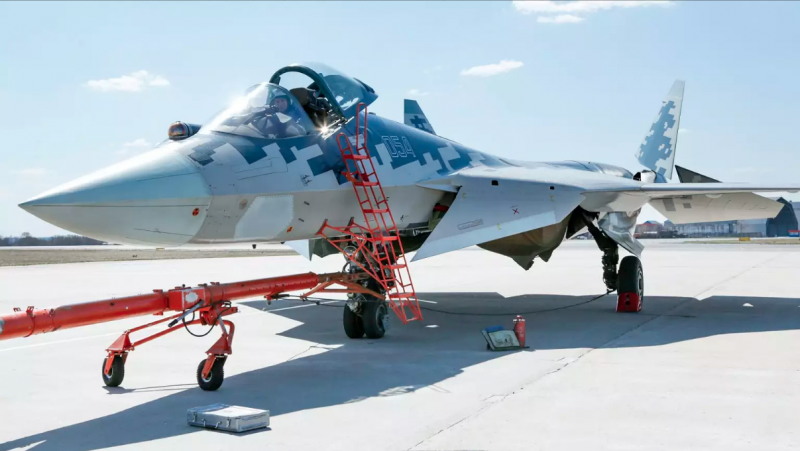- Reaction score
- 146
- Points
- 710
Engines:
Mark
Ottawa
Russia's New Su-57 Stealth Fighter Has A Big Problem That Won't Be Fixed Until 2025
Russia has started testing its new Sukhoi Su-57 PAK-FA fifth-generation fighter with its new next-generation Saturn izdeliye 30 engines. The flight-testing with the new engines will run for several years. In the meantime, the Russians will build a dozen Su-57s equipped with interim Saturn AL-41F1 afterburning turbofans producing 32,500lbs thrust each for operational testing.
“They [the trials] have just begun. They will, of course, last several years," Yuri Slyusar, president of Russia’s United Aircraft Corporation told the Moscow-based TASS news agency.
There are few details available about the Saturn izdeliye 30 engines, but the new powerplant is expected to deliver 24,054lbs dry thrust and 39,566lbs of afterburning thrust. However, they should be ready for use around 2025. The Russian air force could buy as many as 160 of the next iteration of Su-57, which will be equipped with the new engines.
Right now, Moscow will only buy 12 Su-57 aircraft, which are expected to be delivered in 2019. Overall, the Russian air force is not likely to buy more than 60 of the initial version of the Su-57 in total...
http://nationalinterest.org/blog/the-buzz/russias-new-su-57-stealth-fighter-has-big-problem-wont-be-23643
Mark
Ottawa






